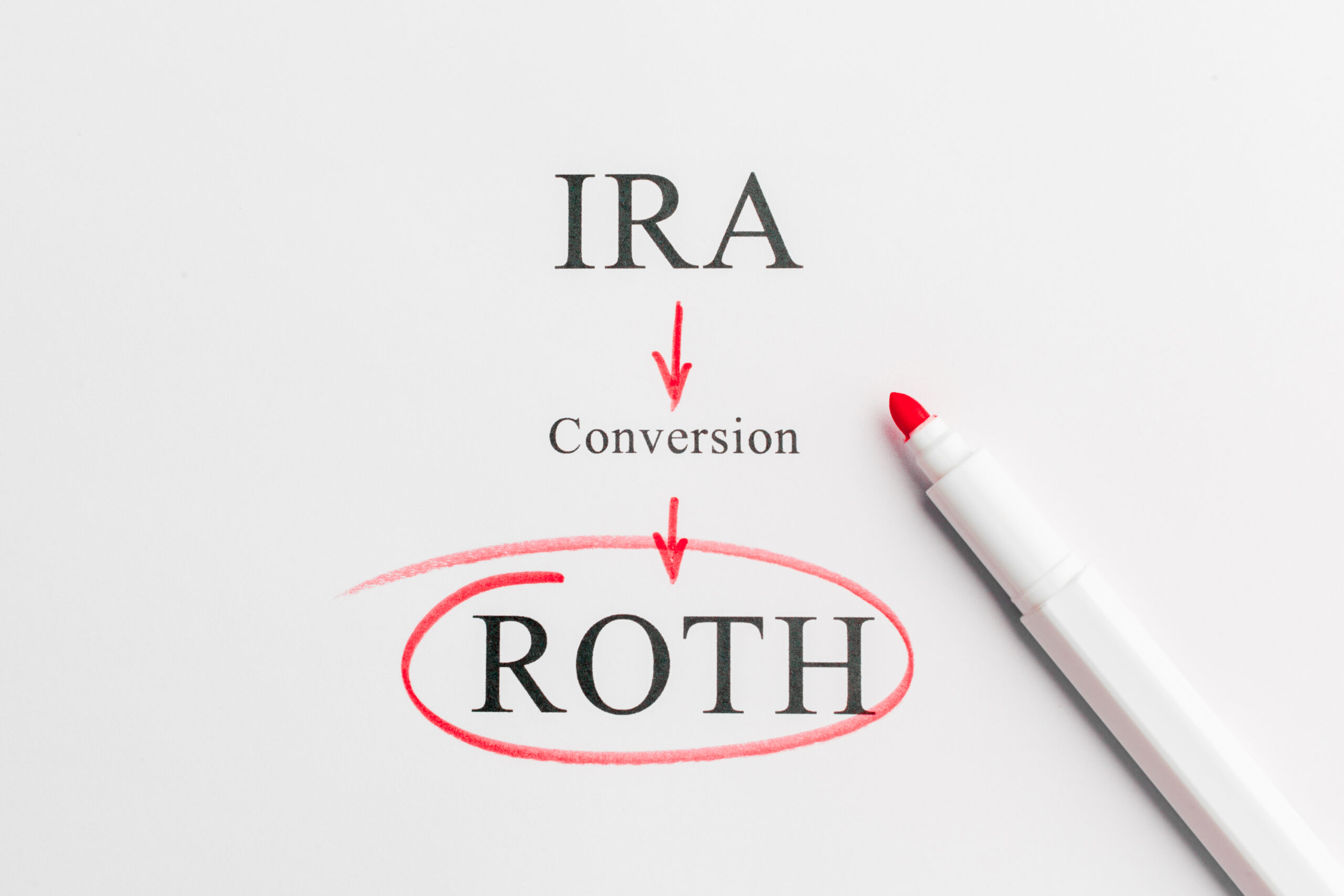Income planning may be the most critical element of your retirement plan. But, generating a predictable stream of income from your resources isn’t always as straightforward as it sounds, especially when taxes, market volatility, and significant life changes occur.
For most retirees, the goal is to create a “retirement paycheck.” While it is true that everyone will approach retirement with different resources, the process of income planning will largely remain the same. A successful process has three main components: (1) identifying what is coming in, (2) estimating what will go out, and (3) deciding how to bridge the gap (if one exists) between your retirement income and projected expenses.
What Is Coming In: Guaranteed And Non-Guaranteed Sources Of Retirement Income
As you think about the retirement income sources available to you, begin grouping them into the following categories: income that is guaranteed—from social security, a pension, or annuity—and income that is not. Unguaranteed income sources range from dividends and investment income to real estate profits and salary from part-time work. Retirement savings plans, brokerage accounts, and real estate also fall into the unguaranteed category since their values move with the market.
Guaranteed Income Sources
Of course, each source of retirement income presents some degree of risk. Guaranteed income sources tend to stay fixed[i]——and therefore carry a different kind of risk. Fixed income carries the risk of inflation. The purchasing power of a $10,000 benefit, then, will diminish over time. You’ll still receive your $10,000 check, but it simply won’t stretch as far. How much your purchasing power diminishes will be dependent on how high inflation trends. The higher inflation numbers float, the more erosive you can expect in your purchasing power.
Non-Guaranteed Income Sources
Within the second category of income, there are varying degrees of risk, as well. Fixed income sources are designed to provide a defined income stream but don’t fare well in inflationary environments. Equity investments are great for hedging against inflation but are linked to market fluctuations and make for a bumpier ride.
The key will be to diversify your income between guaranteed and unguaranteed income sources to create your retirement paycheck.
What Is Going Out: Retirement Expenses
To get a good view of your retirement expenses, it’s prudent to break your expenditures into two categories: needs (or essential expenses) and wants (or discretionary expenses).
The first category, essential expenses, comprises expenses you don’t have much control over and will likely remain unchanged over the long term. Of course, some things could be hard to estimate ahead of time. If you are planning to relocate, for example, you may need to do some research into the cost of living, housing prices, and insurance rates at your desired location.
Discretionary expenses are projected expenses you could live without if needed. But, if some of the items on the list are necessary for your personal fulfillment, you may consider adding them to the essential list to get a clearer picture of your projected need.
|
Essential Expenses (Needs) |
Discretionary Expenses (Wants) |
|
Taxes Housing Household Bills Transportation Food Insurance HOA Fees Healthcare
|
Travel Entertainment Home Repairs Hobbies Gifts Additional Vehicles Charitable Contributions Media Subscriptions Memberships |
Because the priority will be to make sure you have your core expenses covered. You may wish to match dependable income sources with fixed retirement expenses while coordinating other investment income with your discretionary income.
Solving For The Gap
Once you have a clear idea of your available resources and how much you will need to live, you can subtract your expenses from your income to see if you end up with a positive or negative number. A positive number indicates a surplus of income, and a negative number indicates a gap.
How will you bridge the gap between your income and expenses, so you do not have to consider living a diminished lifestyle? Do your investments need more time in the market to grow? Should you continue to work after you begin receiving pension payments and invest those aggressively in tax-free accounts? Delay social security benefits for a higher benefit amount?
Creating A Retirement Income Plan
At Atlas Wealth Advisors, we know retirement planning can be tricky, but it doesn’t have to be. With this in mind, here is a free tool to get started: our Retirement Income Calculator. Click here to download this free resource. Your retirement is too important to leave up to chance. Take charge and start planning with our free retirement income tool today. Of course, if you have any questions, we’re here to help.






